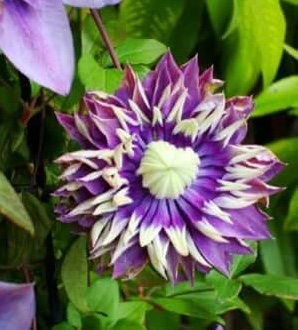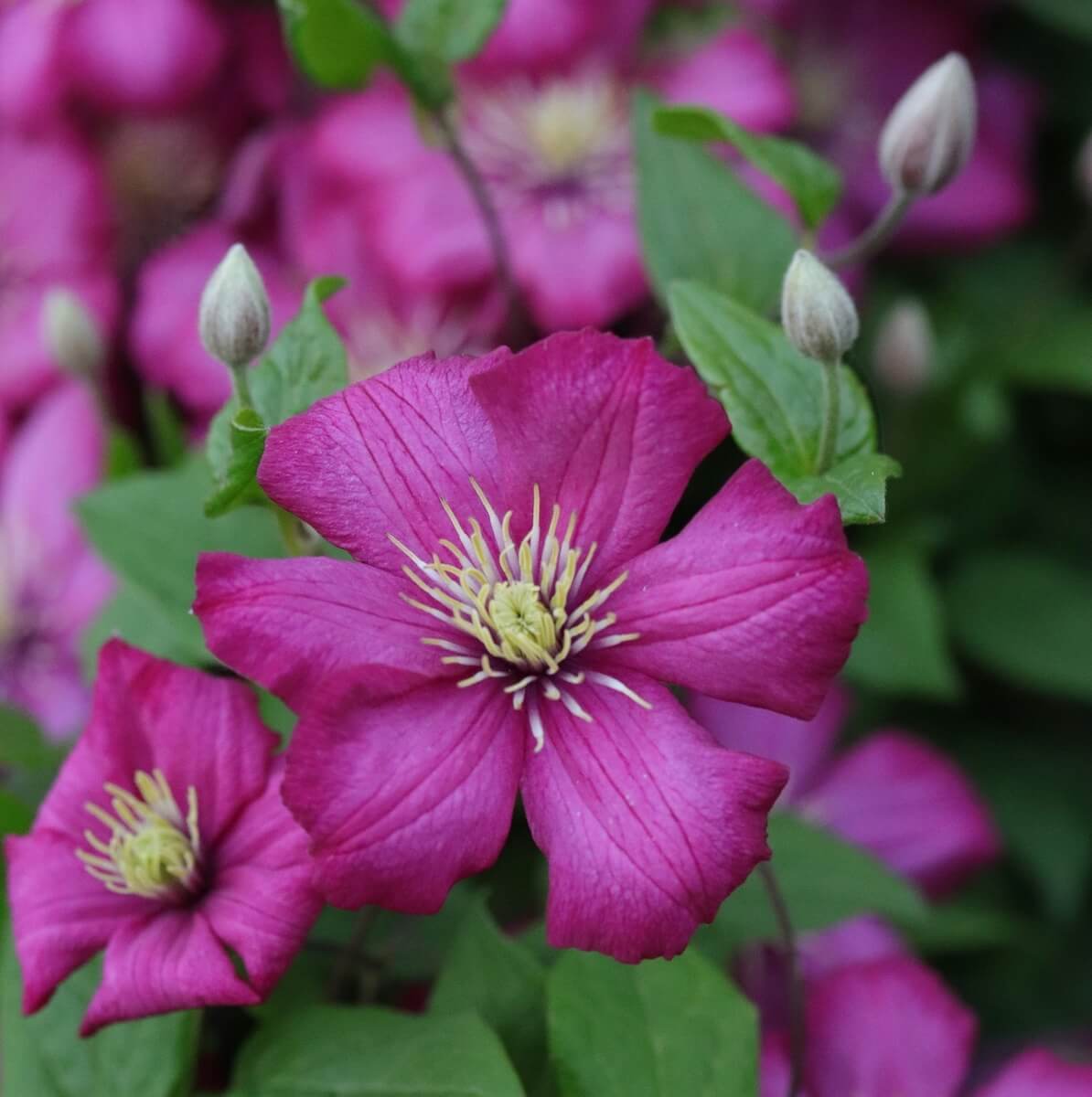Pruning Clematis - A Simple Guide to Keeping Your Climbers in Top Shape
Clematis is one of the most popular climbers for UK gardens. Its stunning blooms can brighten any space, from walls to trellises, with varieties offering colours and sizes to suit every taste. However, proper pruning is essential to get the most out of your clematis. This guide will give you an overview of how and when to prune your clematis, setting the stage for more detailed articles on each pruning group.

Why Pruning Clematis is Important
Pruning Clematis might seem intimidating, but with the right approach, you’ll find it’s easier than you think. Not only does it promote healthy growth, but it also encourages flowering and helps your plant maintain a tidy appearance. Understanding when to prune will ensure you don’t accidentally cut off buds, which can lead to a flowerless season!
Pruning isn’t just about keeping your clematis neat. It is crucial in stimulating growth, controlling size, and encouraging abundant blooms. Different clematis bloom at various times of the year, and knowing when and how to prune is crucial to their success.
Without regular pruning, clematis can become tangled, straggly, and may not flower as prolifically. Pruning helps maintain shape, prevent disease, and ensures your clematis thrives for many years.
There are three main pruning groups: Group 1, Group 2, and Group 3. Each group has its specific needs based on the flowering season and growth habits of the plants. Don’t worry if this sounds complicated; it’s all about timing and understanding your plant’s natural cycle.
Understanding Clematis Pruning Groups
Clematis plants are divided into three groups, based on when they bloom and their growth habits. Knowing which group your clematis belongs to will determine how and when you should prune it.
Group 1: Early Spring Bloomers
Group 1 clematis bloom on old wood, meaning the flowers appear on growth from the previous season. These early bloomers usually flower in late winter or early spring. Common varieties include Clematis montana and Clematis armandii.
Because they flower on last year’s growth, pruning too heavily or at the wrong time can remove flower buds. The key with Group 1 clematis is to prune immediately after they have finished flowering. This gives the plant time to develop new growth to produce next year’s flowers.
Pruning tips for Group 1:
- Trim lightly after flowering to shape the plant and remove dead or damaged stems.
- Cut back tangled growth to keep the plant looking tidy.
- Avoid heavy pruning unless you’re trying to control the size of an overgrown plant.
Group 2: Repeat Bloomers
Group 2 clematis are a little more complicated. They flower in two stages: first in late spring or early summer on old wood, and then again in late summer or early autumn on new growth. Popular varieties in this group include Clematis ‘Nelly Moser’ and‘ The President’.
Pruning for Group 2 clematis is a balancing act. You want to encourage new growth without cutting away too much of the old wood that will provide the first flush of flowers. It’s best to prune lightly in late winter or early spring to remove weak or dead stems and tidy up the plant. This will encourage fresh growth for the second round of blooms later in the year.
Pruning tips for Group 2:
- In early spring, remove dead or weak stems and prune back to healthy buds.
- If the plant looks leggy, cut back some stems to just above a strong pair of buds.
- After the first flush of flowers, lightly trim any damaged or dead blooms to encourage the second flowering period.
Group 3: Summer and Autumn Bloomers
Group 3 clematis are the easiest to prune because they flower on new growth. These varieties bloom later in the year, usually from mid-summer to autumn. Popular varieties include Clematis viticella and Clematis ‘Jackmanii’.
Since these plants flower on new growth, you can prune them hard each year. In late winter or early spring, cut the entire plant back to about 30cm (12 inches) from the ground, just above a healthy pair of buds. Don’t worry if this feels drastic—Group 3 clematis are vigorous growers and will reward you with plenty of flowers on the fresh growth.
Pruning tips for Group 3:
- In late winter or early spring, cut all stems back to around 30cm (12 inches).
- Make sure to prune just above a healthy pair of buds to encourage strong new growth.
- If the plant is very established, leave some older stems longer to encourage a bushier appearance.
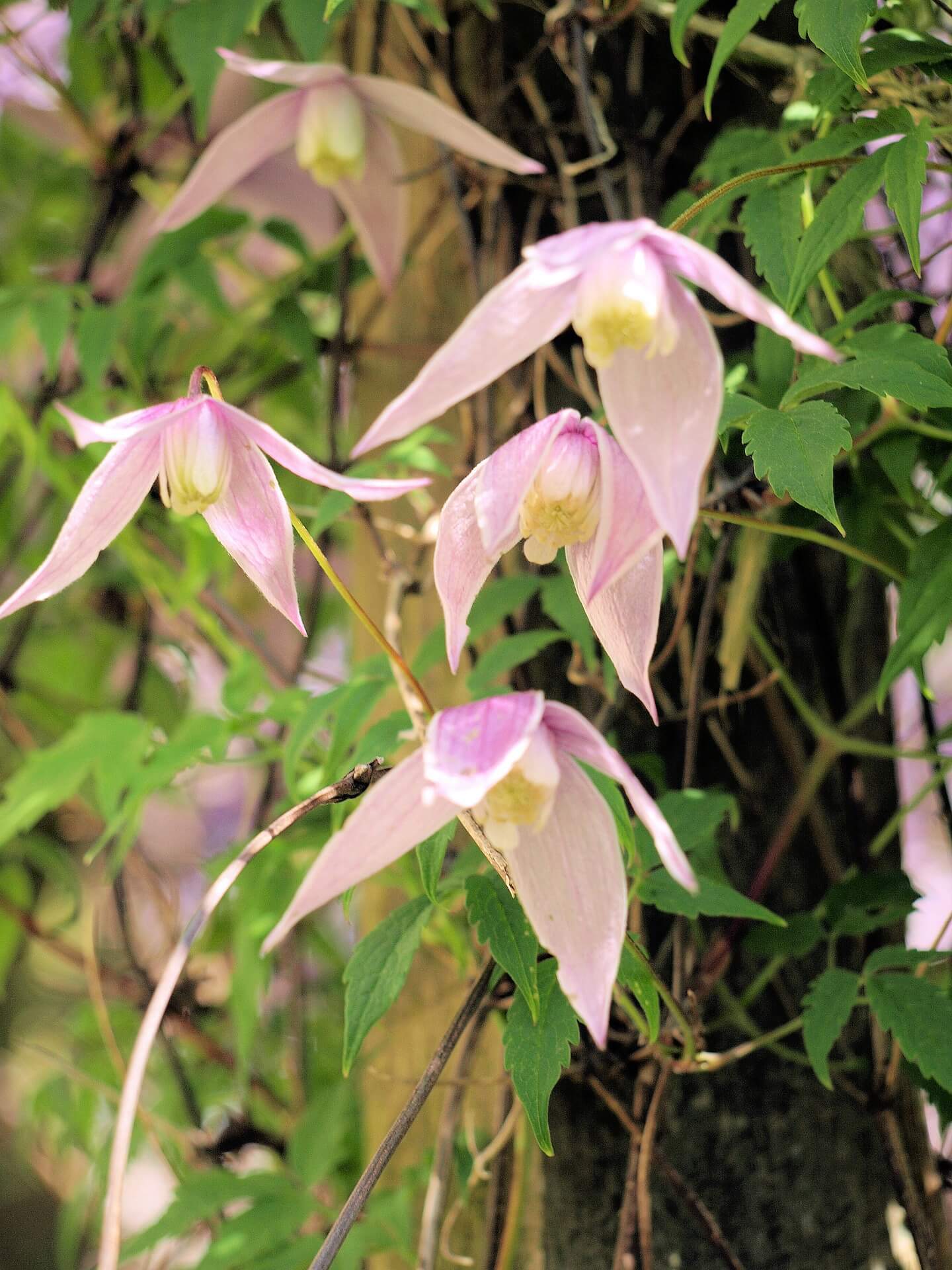
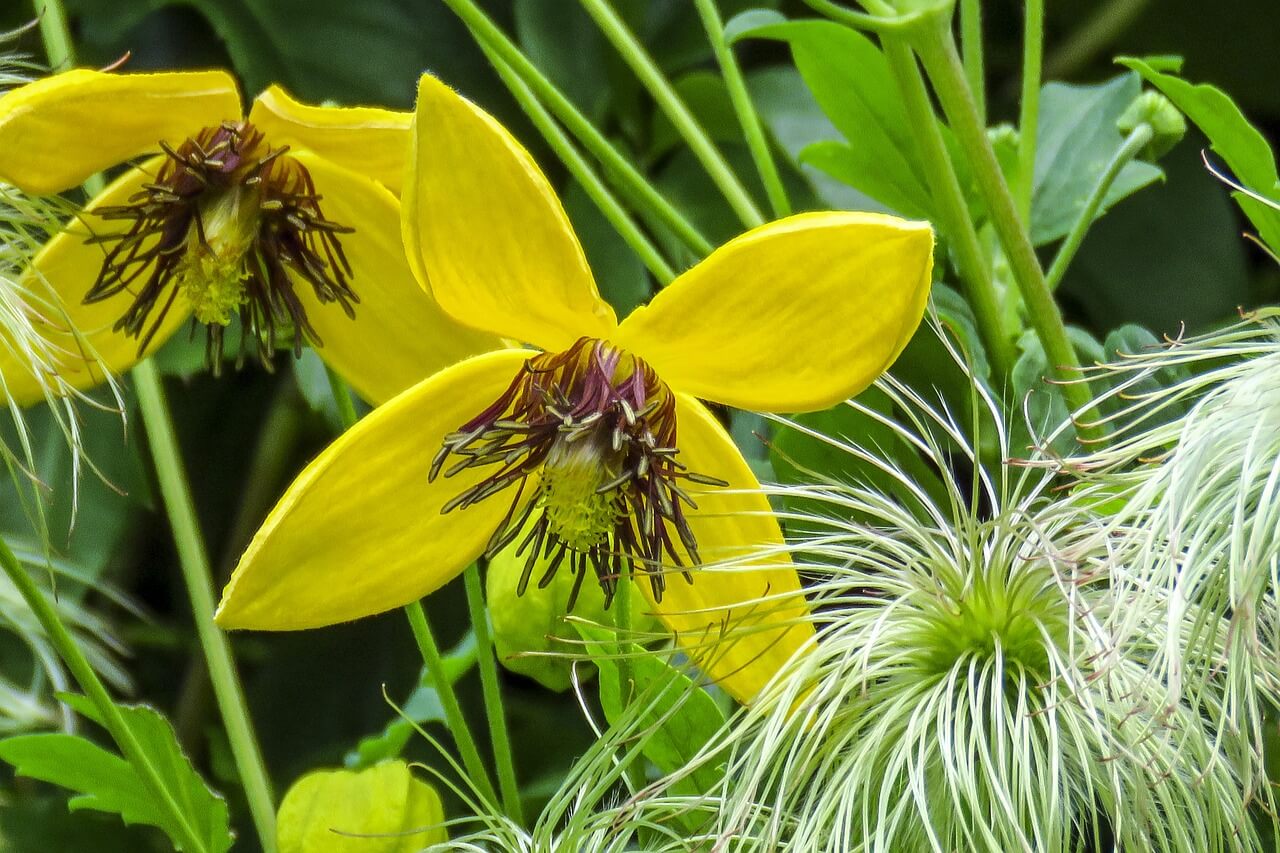
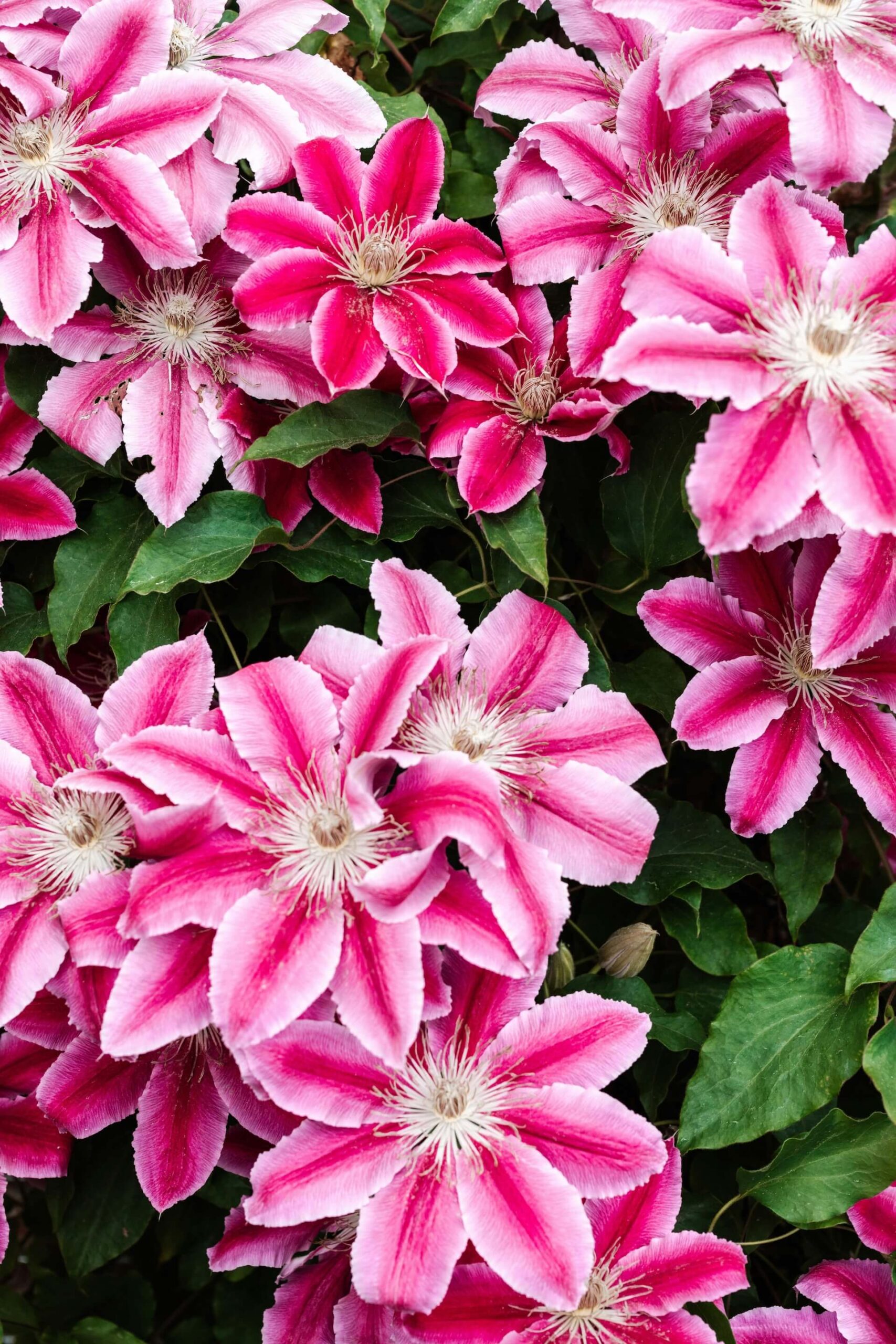
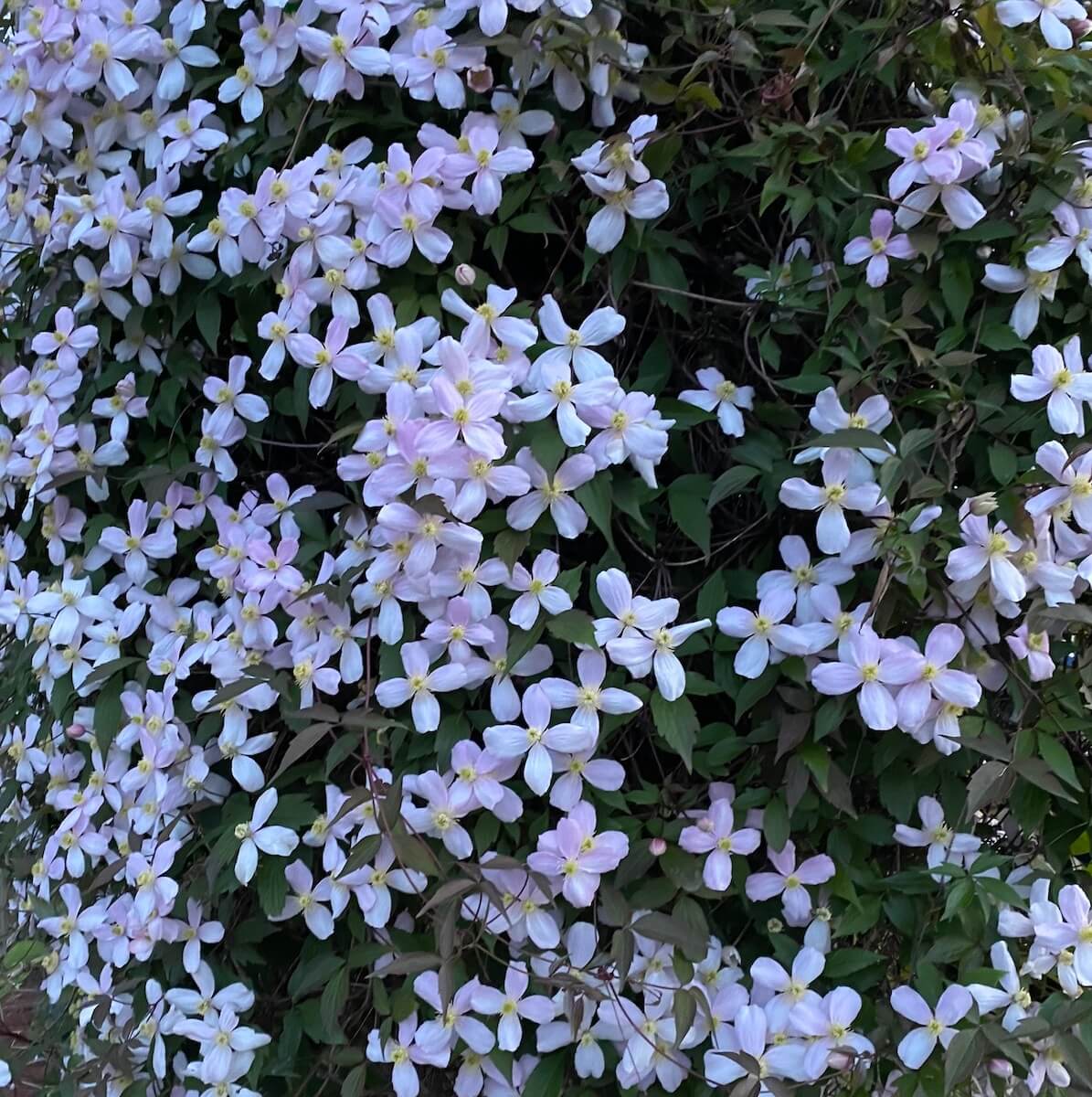
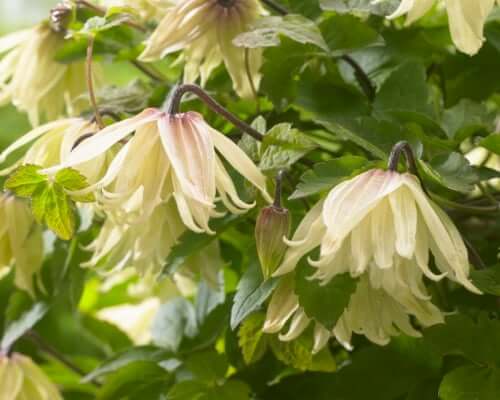
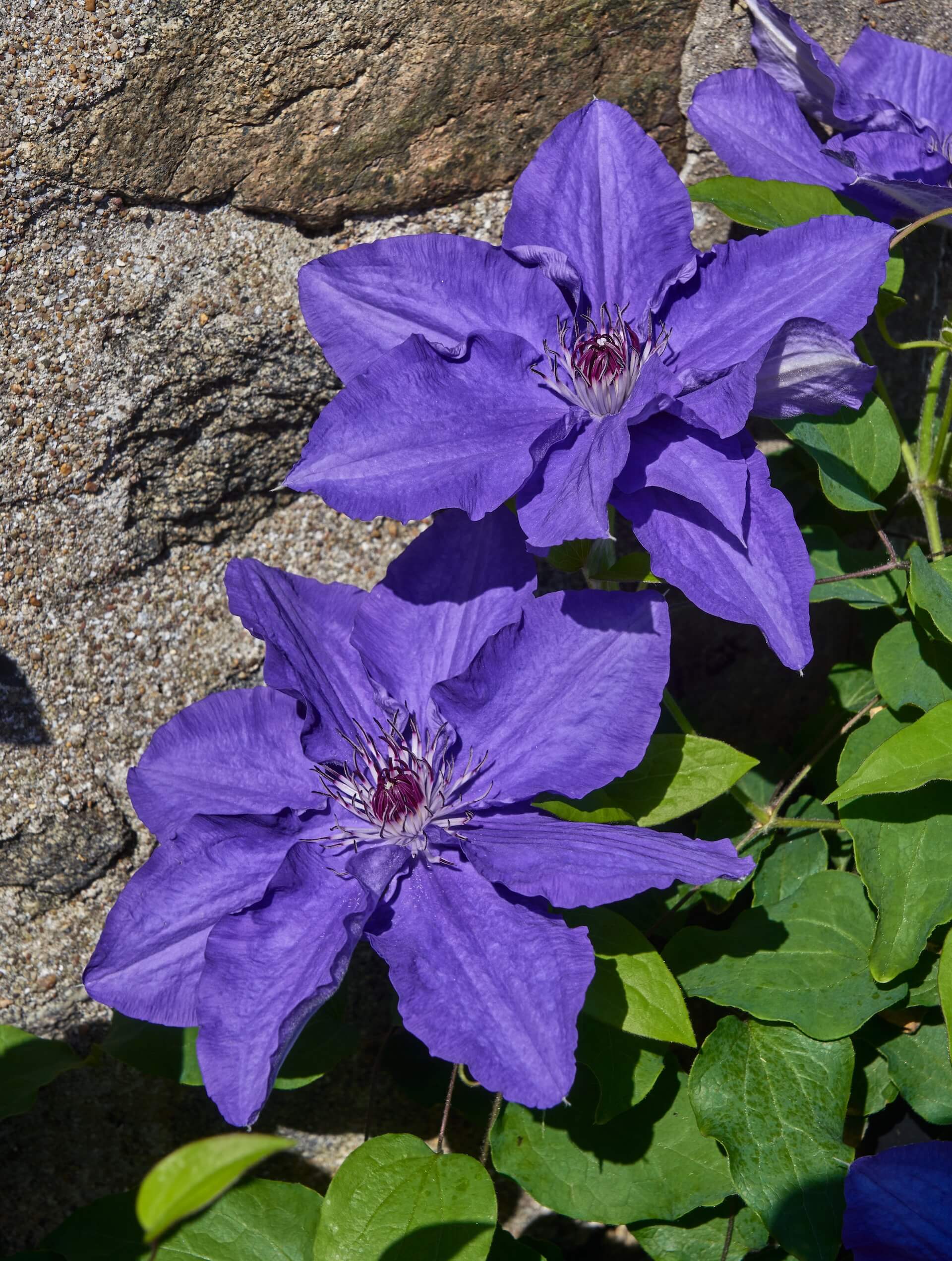
General Pruning Tips for Clematis
Regardless of which pruning group your clematis belongs to, there are a few general pruning tips that apply to all types:
- Timing is crucial: Always prune at the correct time for your clematis group to avoid cutting off flower buds.
- Use clean, sharp tools: Ensure your secateurs are sharp to create clean cuts and reduce disease risk.
- Prune for health: Always remove dead, damaged, or diseased stems as soon as you notice them. This helps to keep your plant healthy and vigorous.
- Tidy up the base: Clematis tend to have a woody base, so keeping this area tidy is essential. Removing old growth from the bottom will allow more air circulation and encourage new growth.
- Don’t be afraid to prune: Clematis are generally forgiving plants. They will likely bounce back with fresh growth even if you prune a little too much.
Next Steps: Detailed Guides on Each Pruning Group
Now that you understand how to prune clematis, it’s time to dive deeper into each pruning group. Whether you’re growing a vigorous Group 1 climber, a repeat-blooming Group 2 variety, or a late-flowering Group 3 type, specific care and pruning techniques can make all the difference.
In our detailed articles, we’ll cover:
- Group 1 Clematis: A closer look at how to prune early spring bloomers, including popular varieties like Clematis montana.
- Group 2 Clematis: Instructions for pruning repeat bloomers and managing their two flowering periods.
- Group 3 Clematis: Learn how to prune late-flowering clematis for a stunning summer display.
With the proper pruning techniques, your clematis can provide vibrant blooms year after year. Pruning helps shape your plant and encourages strong, healthy growth, leading to more flowers.
Final Thoughts on Clematis Pruning
Pruning clematis may initially seem daunting, but understanding the fundamental principles and needs of each group makes it an easy and rewarding task. Regular pruning keeps your plants in excellent condition, prevents them from becoming unruly, and maximises their flowering potential.
Whether tackling a towering Clematis montana or a compact ‘Jackmanii,’ taking the time to prune correctly will make all the difference. Remember to refer to your clematis variety’s specific pruning group and follow the tips outlined here to keep your climbers looking their best.
Now that you know the basics, why not explore our in-depth articles on each clematis pruning group? You’ll find everything you need to know to get the most from these beautiful plants in your garden!
The RHS has a good article on pruning, check it out here
For more information on Clematis, please click here.
Pruning Group 1 Clematis: A Complete Guide
Pruning Group 1 promotes healthy growth and abundant blooms. These early-flowering types need light trimming after they finish blooming. Using simple techniques, you can maintain their form and boost strong growth. This article outlines the key steps for pruning Group 1, helping you maintain a thriving and blooming plant throughout the season. Read More
Pruning Group 2 Clematis: A Complete Guide
Pruning Group 2 encourages a second flush of flowers and supports strong growth. These mid-season bloomers benefit from careful timing and technique. Our guide shows you exactly when and how to prune for the best results. Click the link to master the steps and help your clematis thrive. It’s easy once you know how, and it keeps your garden blooming beautifully! Read More
Pruning Group 3 Clematis: A Complete Guide
Pruning Group 3 promotes strong growth and spectacular late-summer flowers. These vigorous varieties need a hard annual cut to thrive. Our guide explains precisely how and when to do it for the best results. Click the link to discover the ideal pruning method for your Group 3. It’s simple to follow and keeps your plant looking fantastic! Read More


